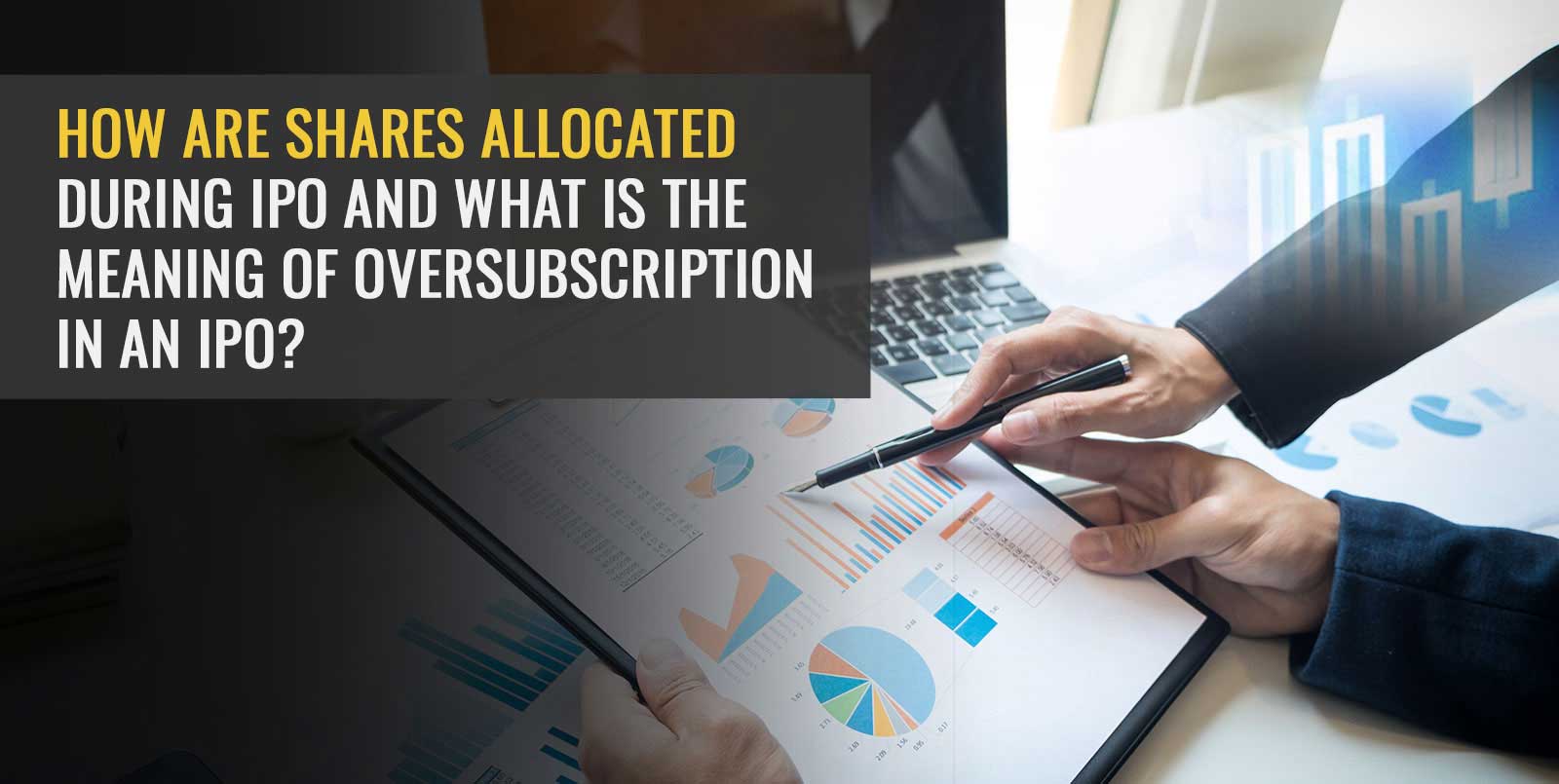As an investor, it is normal to get excited by the news of IPO launches by renowned companies. IPO or Initial Public Offerings are essential financial tools for companies to raise public funds for their businesses. Going public is a big decision for any company, and a lot of effort and research goes behind it. Companies announce IPOs when they are particularly confident about future performance.
So, let’s take time to understand things associated with IPOs in detail and what involves in IPO trading.
From time to time, companies announce their decision to go public and investors wait for the opportunity to diversify their portfolios with IPO offers further. But not all IPO news makes enough buzz. So, how do investors pick and choose different IPOs?
What makes issuing IPOs a big decision?
Companies use an IPO to raise capital from the markets by issuing public share ownership. Going public is an important decision for a company. It takes up the process only if it is confident in its business model and its growth potential.
Only when a company reaches a mature stage in its growth cycle does it decide to go public because along with the benefits of the public shareholding comes regulatory rigour. All of this tends to make a lot of headlines.
Besides, the number of IPOs varies every year, giving a sense of how the economy is doing. During the 2008 financial crisis, the IPO market took a beating. Companies postponed their IPOs.
But under usual circumstances, companies with a solid track attract a lot of interest among investors.
Issuing IPOs involves allocating shares among interested investors. But that doesn’t mean all will qualify to receive IPOs. Also, the company needs to determine the share volume each investor will get.
The allotment of shares happens according to the rules defined by the Securities and Exchange Board of India (SEBI). The allocation is reserved category wise namely: qualified institutional buyers, non-institutional investors and retail investors. Sometimes the quota of shares reserved for retail investors gets over-subscribed. But to invest in IPOs, having a Demat account is a must.

What is an oversubscription?
Oversubscription is a term often associated with IPOs. Let’s understand it with an example. If an X IPO was oversubscribed three times, it means that there was thrice as much demand for stocks of X as the planned issue. You can say that the company saw more demand than was expected. As a result, the underwriters can adjust the price and attract more capital.
But more often than not, the share prices are set at a discounted value to create a buzz among investors. This is a well-known strategy to attract capital as the underwriters can then offer more stocks, raising the price.
For instance, a social media giant’s IPO in 2012 was expected to be over-subscribed. Data suggested that the demand for its shares was more than anticipated. Therefore, it led to an oversubscribed IPO. As a result, the company not only raised the share price, it also offered more securities than it had decided earlier.
Oversubscription, if happened, can impact the allocation of shares and also trading. The rules for allotment in such a case differ from one category of investors to another.
IPO Allotment to Qualified Institutional: For instance, the Y company IPO has been oversubscribed 4 times, an applicant who has asked for 100k shares will only get 25k shares of the company Y.
High Net-worth Individuals: In this case too, if there is an over-subscription in this category, the individuals will be allocated lesser shares than what they had asked for. The total shares that will be allocated will be the result of the total shares applied, divided by the number of times it has been oversubscribed.
Retail investors: Companies issue shares in lots. For instance, if the lot size of company Z is 50, it means that the investors can place bids in multiples of 50. According to SEBI guidelines, when the number of retail investor’s bid applications is equivalent to the offered lots, each applicant gets at least one lot. The rest is allocated proportionally.
But in case of oversubscription in this category, the allotment is done through a computerised draw to pick applicants for IPO allotment.
The price of IPOs plays a crucial role in luring investors. Often these shares are issued at a discounted rate, or a price lower than their current market price so that it can attract more investors. Underwriters are the people responsible for deciding the initial offering price.
In the beginning, the price of the IPO is set by the underwriters through their pre-marketing analysis. The price is based on the valuation of the company using fundamental techniques. A company chooses one or more underwriters who manage the different parts of the IPO process. The underwriters are involved in the preparation of the documents, marketing, IPO due diligence and the issuance too.
This leads us to the question – how the IPO market is performing in the current market condition?
With several countries announcing lockdown, the business sentiment is at an all-time low. Overall trading activity has also been hit. Several companies are deciding against going for an IPO.
So, the performance of IPOs in 2019 was mixed. The performance of the companies which have fallen under restricted operations due to COVID-19 has suffered the most. At the same time, it appears that pharma and technology IPOs have performed well.





